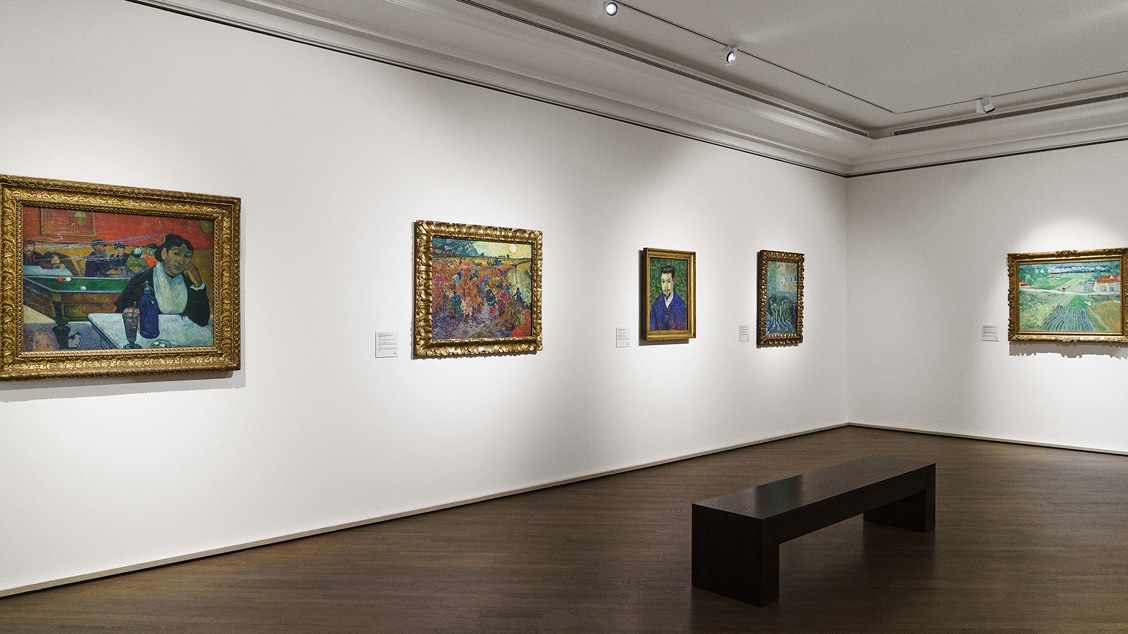- Режим работы музея в новогодние праздники и рекомендации для посетителей
- Режим работы Главного здания в период проведения фестиваля «Декабрьские вечера Святослава Рихтера»
- Перенос лекции абонемента № 14
- Особенности работы касс музея в выходные и праздничные дни
- Изменения в режиме работы залов Галереи
Режим работы музея в новогодние праздники и рекомендации для посетителей / Режим работы Главного здания в период проведения фестиваля «Декабрьские вечера Святослава Рихтера» / Перенос лекции абонемента № 14 / Особенности работы касс музея в выходные и праздничные дни / Изменения в режиме работы залов Галереи
Site versions
Large font • contrasting colors • no pictures
- Storia
- Buildings
- Museum Quarter
- Departments
- Branches
- Administration
- Support us
- Documents
- Activity
- General Information
- Contacts
- Vacancies
- Regole per utilizzo dei materiali e delle immagini
- Per i visitatori
- Tickets & Privileges
- Buildings & Opening hours
- Per i visitatori
- Rules & Recommendations
- Accessible Museum
- Books and souvenirs
-
Attenzione
- Режим работы музея в новогодние праздники и рекомендации для посетителей
- Режим работы Главного здания в период проведения фестиваля «Декабрьские вечера Святослава Рихтера»
- Перенос лекции абонемента № 14
- Особенности работы касс музея в выходные и праздничные дни
- Изменения в режиме работы залов Галереи
- Museo
- Per i visitatori
- Mostre ed eventi
- Collezioni
- Media
- Education & Science
Large font • contrasting colors • no pictures
© Museo Statale delle Belle Arti “A.S. Puškin”

